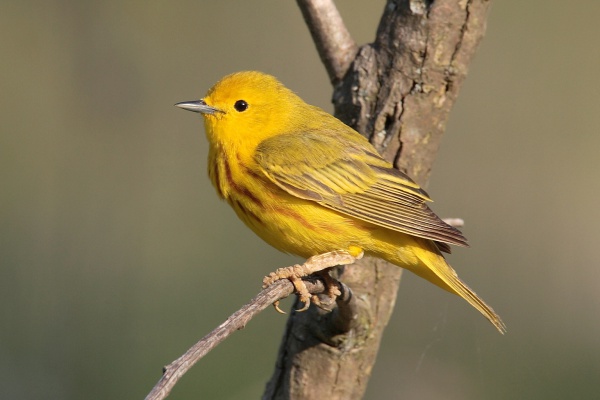Facts About American yellow warbler
The yellow warbler, a member of the diverse Setophaga genus, is a delightful New World warbler species. These vibrant little birds are widespread, breeding across North America and reaching into northern South America. The name “yellow warbler” has origins in both Ancient Greek and Italian languages.
Yellow warblers are easily recognizable thanks to their distinct physical features. Male warblers, in particular, can be identified by variations in their head coloration, which differ among subspecies. These birds are primarily insectivores, feeding on arthropods and insects, making them valuable allies in natural pest control.
When it comes to breeding, yellow warblers are exceptionally dedicated parents. They build sturdy cup-shaped nests in trees, with both males and females sharing the responsibilities of raising their young. Males typically take on the role of gathering food. Their breeding season varies depending on their location, and they employ slightly different reproductive strategies. Generally, a female will lay between three to six eggs, which she will incubate for about eleven days. Remarkably, yellow warblers are known to recognize and respond to cowbird eggs in their nests, a form of parasitism.
Yellow warblers face their share of natural predators, including snakes, birds of prey, and various mammals. They also contend with threats from habitat destruction, pollution, and human activities, which have led to declines in some local populations. Nevertheless, the yellow warbler is not currently considered a threatened species by the IUCN. In North America, they enjoy legal protection under the Migratory Bird Treaty Act. However, some subspecies, such as the Barbados golden warbler, are listed as endangered under the Endangered Species Act.

 Belize
Belize